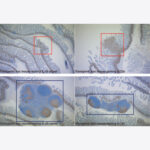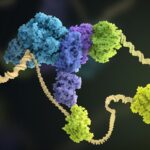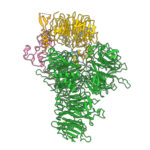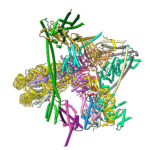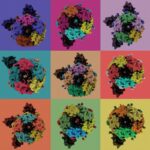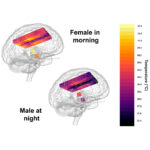
A clinical study, led by Nina Rzechorzek in John O’Neill’s group at the LMB, showed that healthy human brain temperature varies far more than previously assumed—by age, sex, brain region, and time of day. This has major implications for patients, suggesting that daily rhythmic brain temperature variation is critical to brain function.
